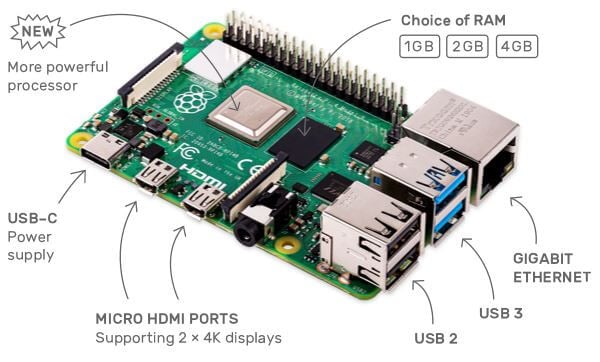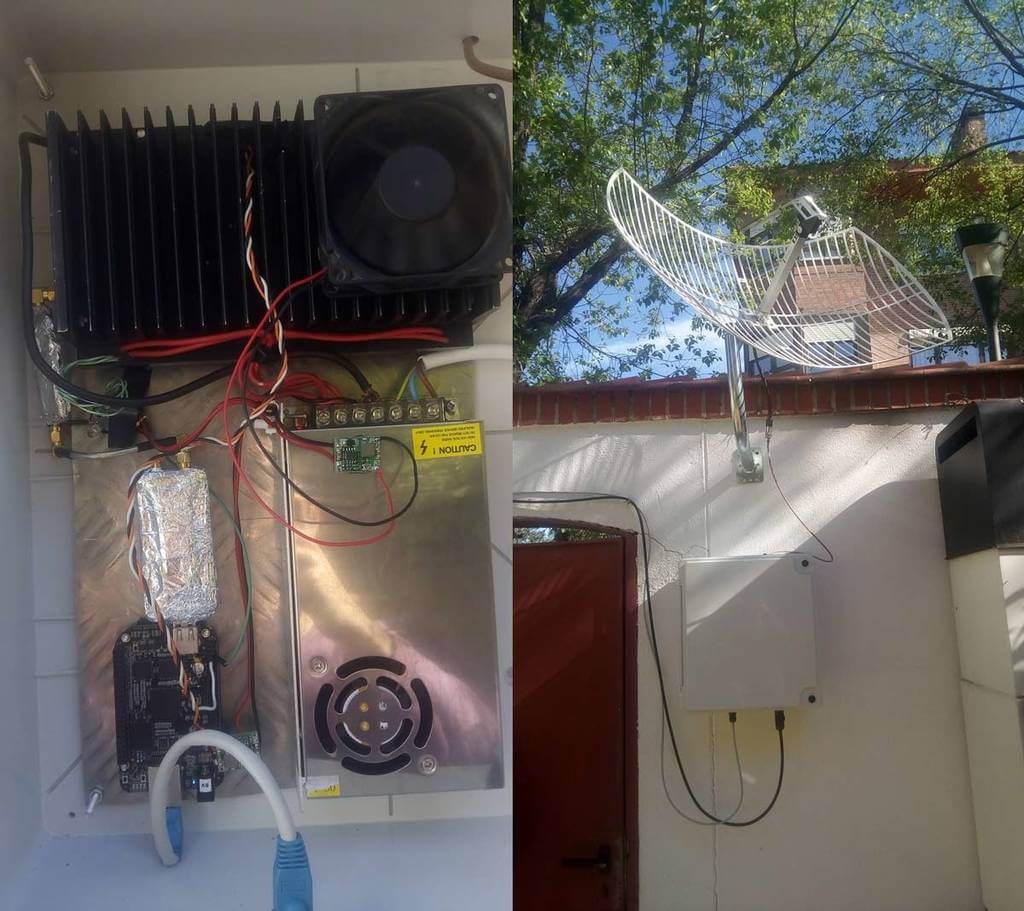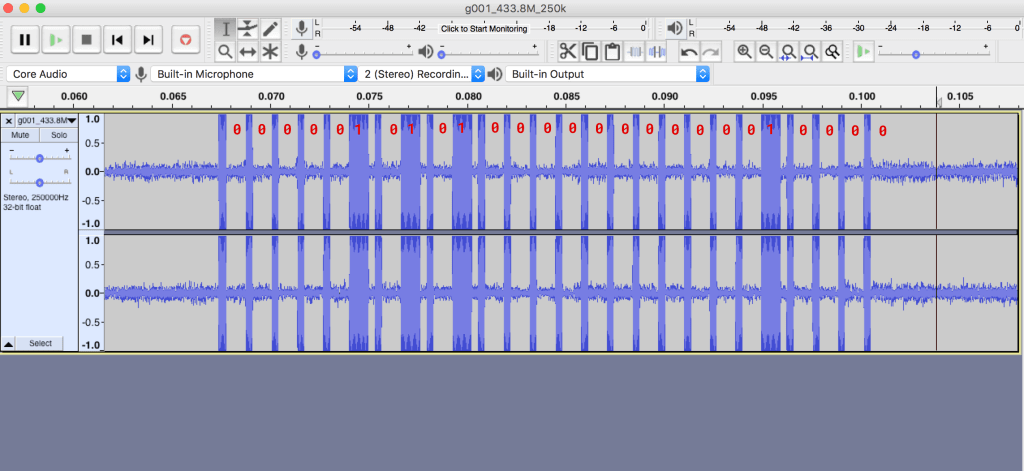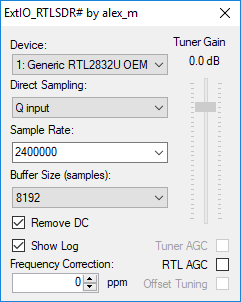Raspberry Pi 4 Released: Improvements to CPU, Networking, USB, RAM and more
The Raspberry Pi is the most popular credit sized computing board in the world. It is commonly used as a low cost and portable computing platform for SDRs like the RTL-SDR. Today the Raspberry Pi 4 was released, bringing us a new US$35 single board computer with many improvements. Some of the main improvements that make the Pi 4 great for software defined radios are listed below:
CPU: The Pi 4 uses a Quad-Core Broadcom ARM A72 clocked at 1.5 GHz. This chip should be significantly faster compared to the older chip used on the Pi3B+ with performance now being similar to that of the Tinkerboard. This will be especially useful for CPU intensive SDR applications like the direction finding and passive radar software for our coherent 4-tuner RTL-SDR known as the KerberosSDR. It should also help allow OpenWebRX servers to serve more simultaneous users, allow graphical programs like GQRX to run smoother, and allow for higher sample rates on higher end SDRs.
GPU: The new faster GPU should help graphical SDR programs run smoother.
RAM: The Pi 4 comes with three RAM options, either 1GB, 2GB or 4GB of RAM. The versions with more RAM will be great for memory intensive applications such as GNU Radio (and compiling GNU Radio). It will also allow more programs to run in the background, and perhaps combined with the improved CPU speed allow for multiple SDRs to be used on demanding tasks.
Networking: The Pi 4 finally support Gigabit Ethernet which will be very useful to people using the board as an SDR server over the internet.
USB: There are now two USB 3.0 ports available which means that USB 3.0 SDRs like the LimeSDR could in theory be used at higher sample rates on the Pi 4.
There are also many other improvements such as dual 4K HDMI ports, a USB-C power supply port and faster SD card transfers.

It is not yet known if the very useful Raspberry Pi specific software known as RPiTX will continue to function on the new Pi 4. RPiTX is software that turns Raspberry Pi units into fully functional RF transmitters without the need for any additional transmitting hardware - just attach an antenna wire to a GPIO pin. It works by modulating the GPIO pin in such a way to create almost any type of RF transmission. RPiTX only functions on the specific proprietary Broadcom CPU chips that the Raspberry Pi's use. The Pi 4 does continue to use a Broadcom CPU, so we are hopeful.
The new changes bring the Raspberry Pi up to speed with rivals like the Tinkerboard, but at a lower price and with a much better amount of software and OS support provided. The boards currently cost $35 for the 1GB version, $45 for the 2GB version and $55 for the 4GB version. They are sold via local resellers which can be found on the official Pi 4 product page.



